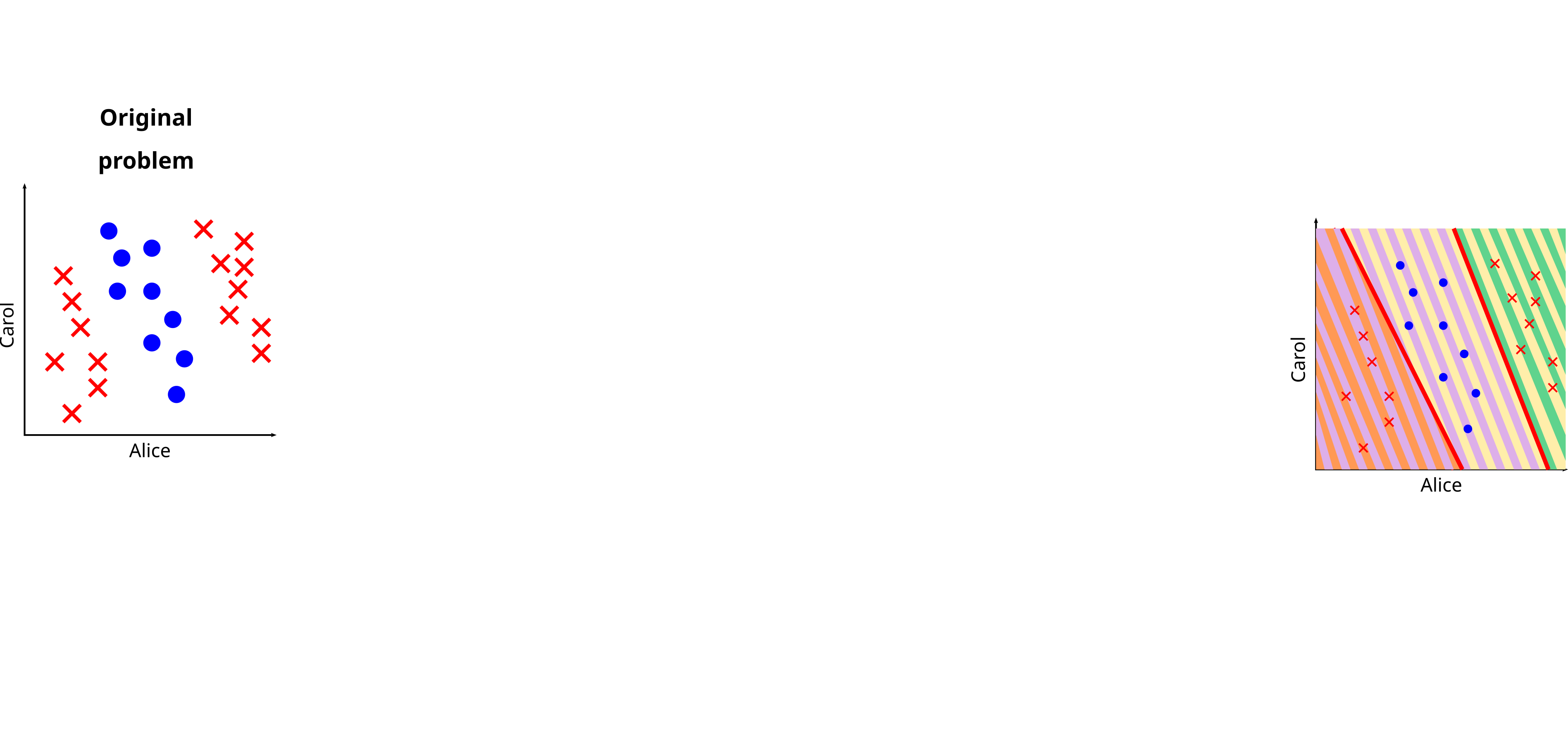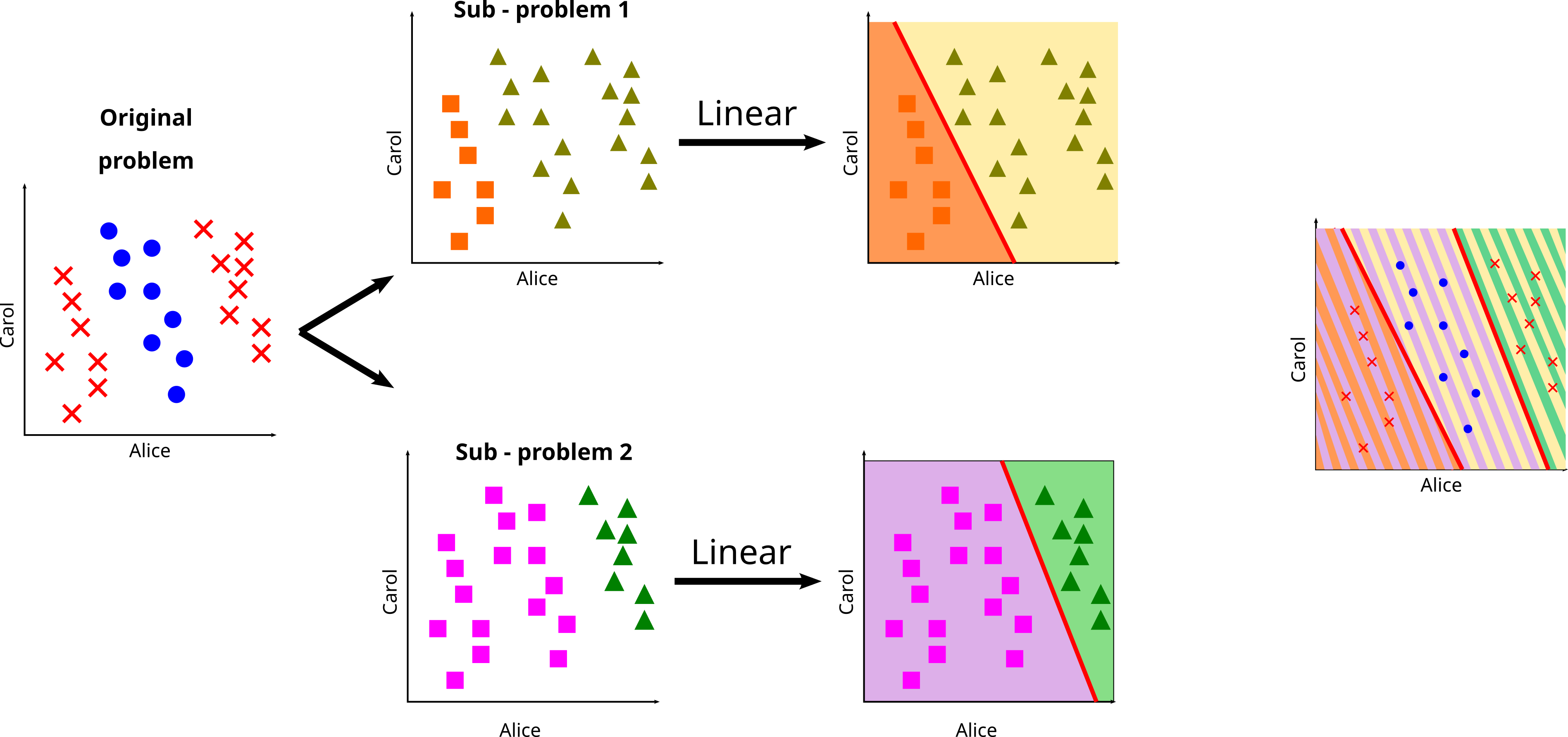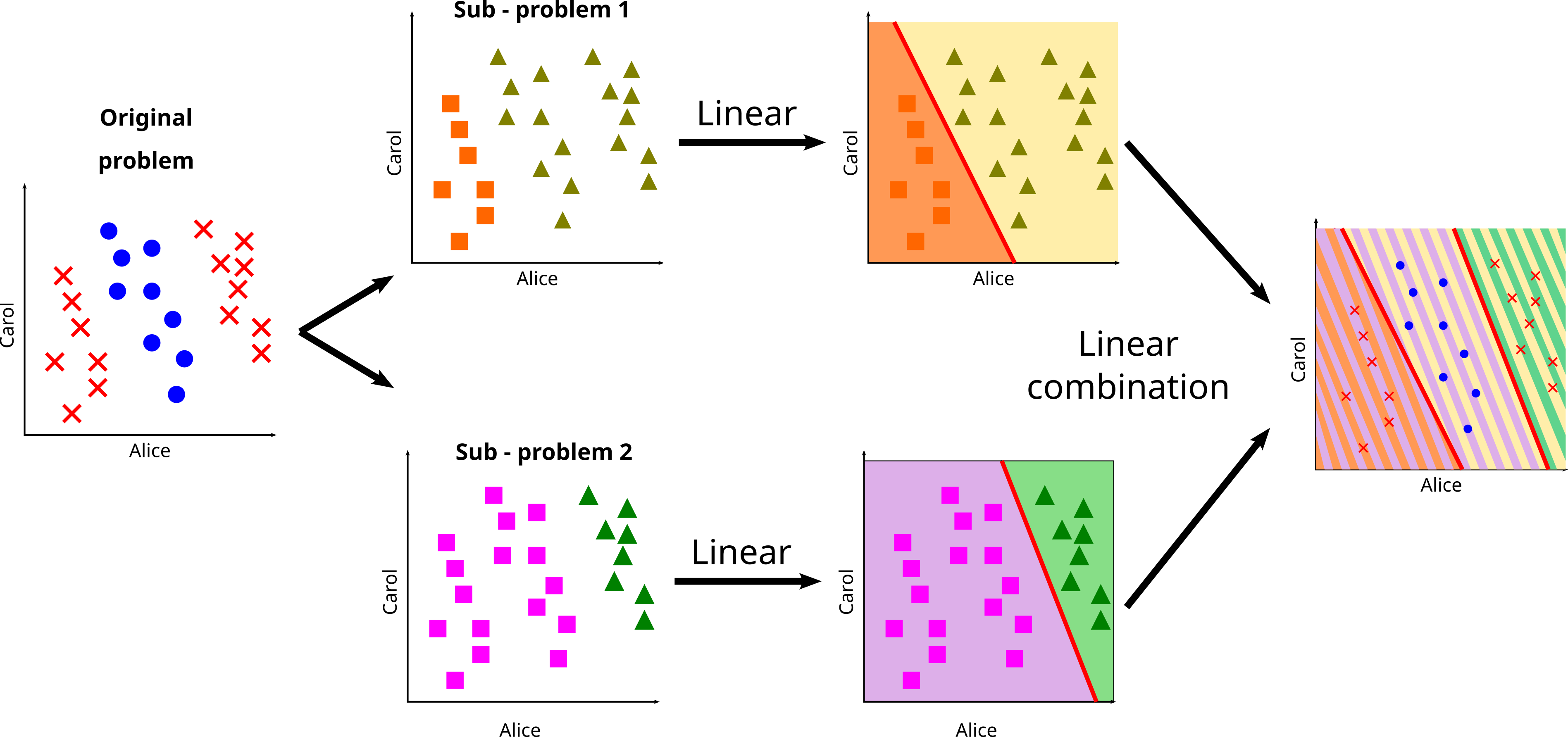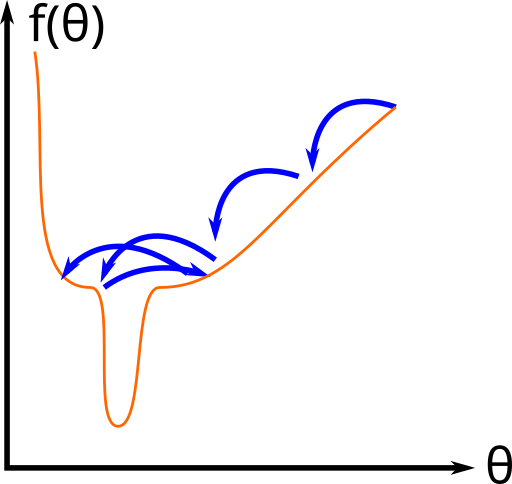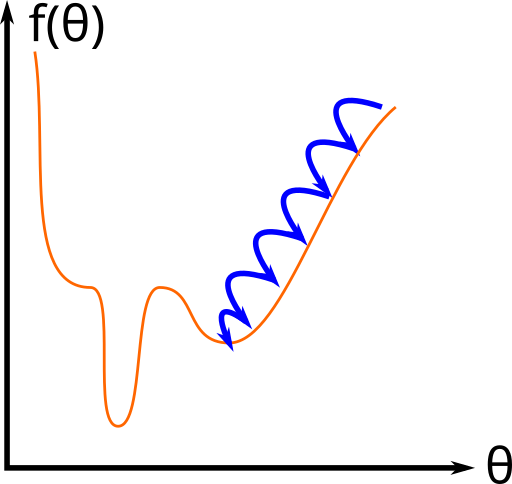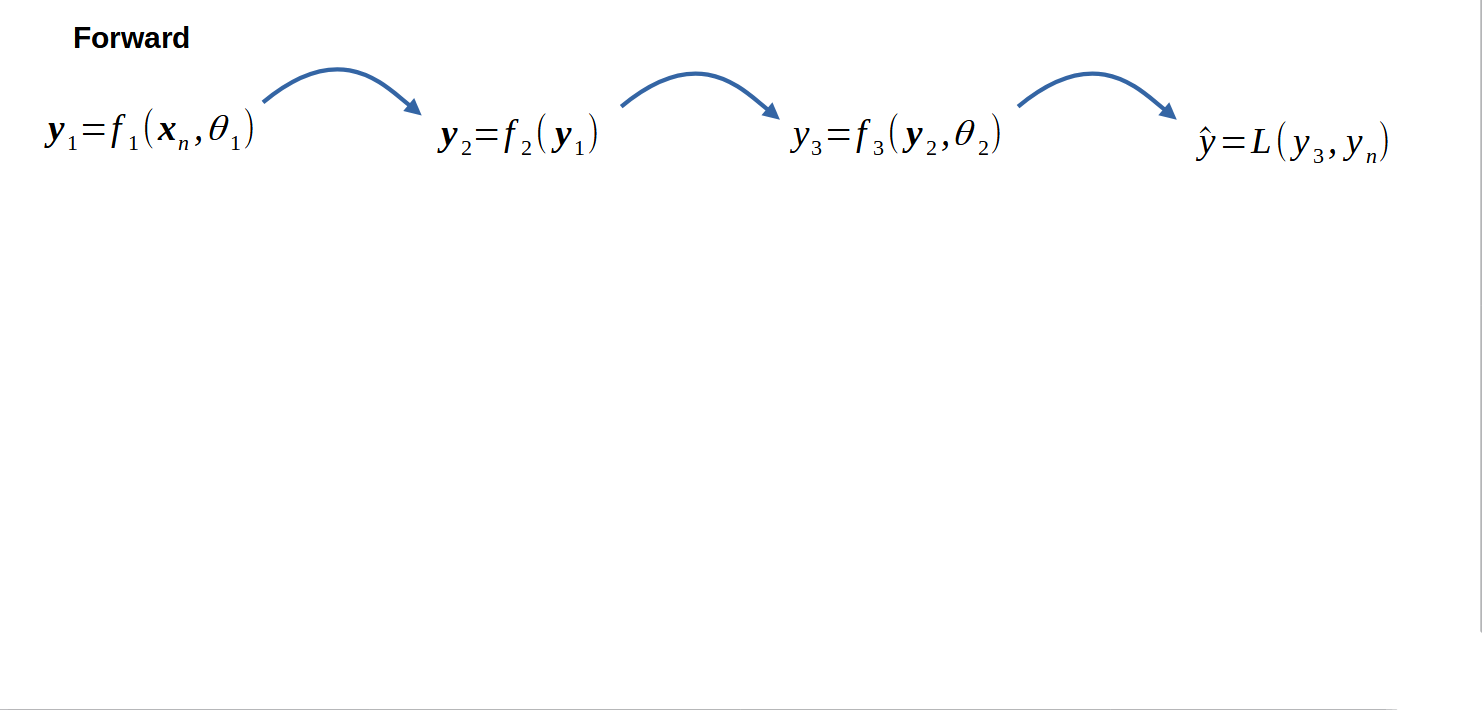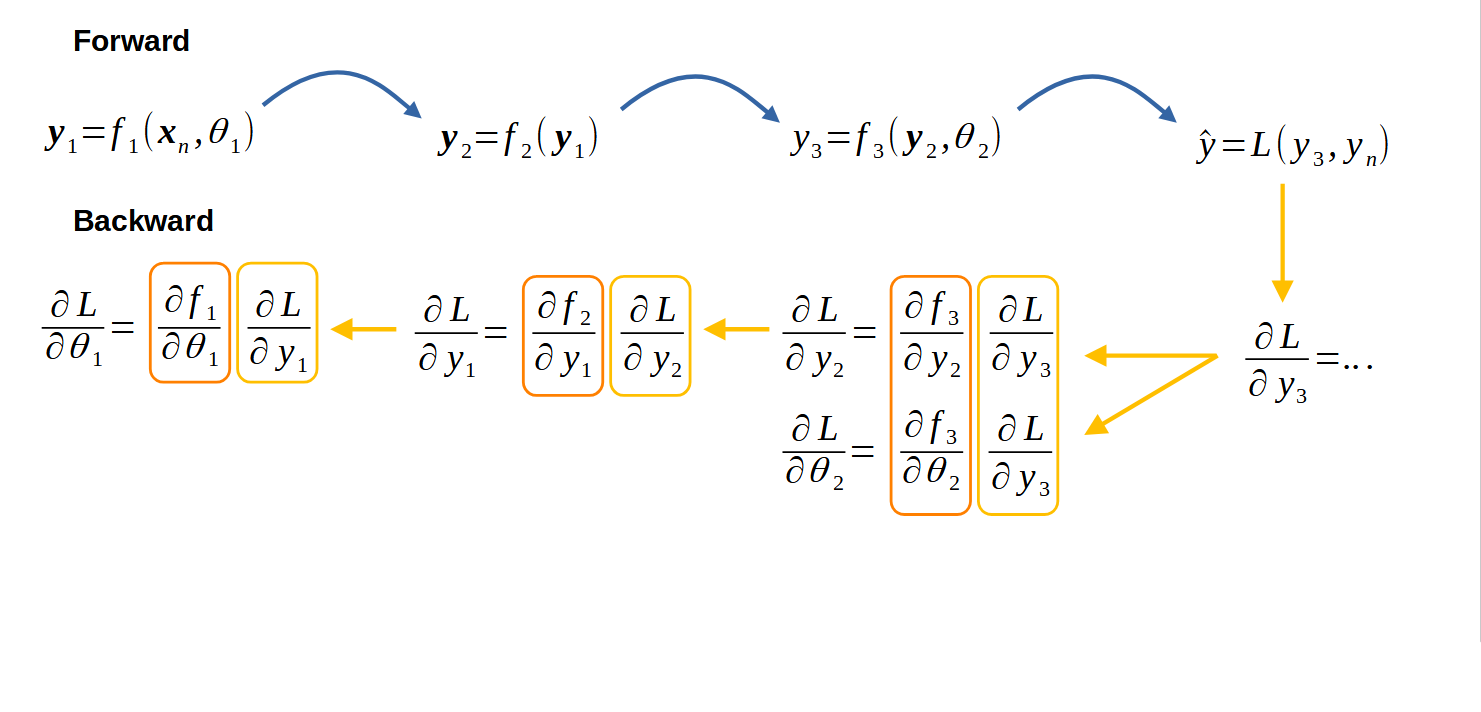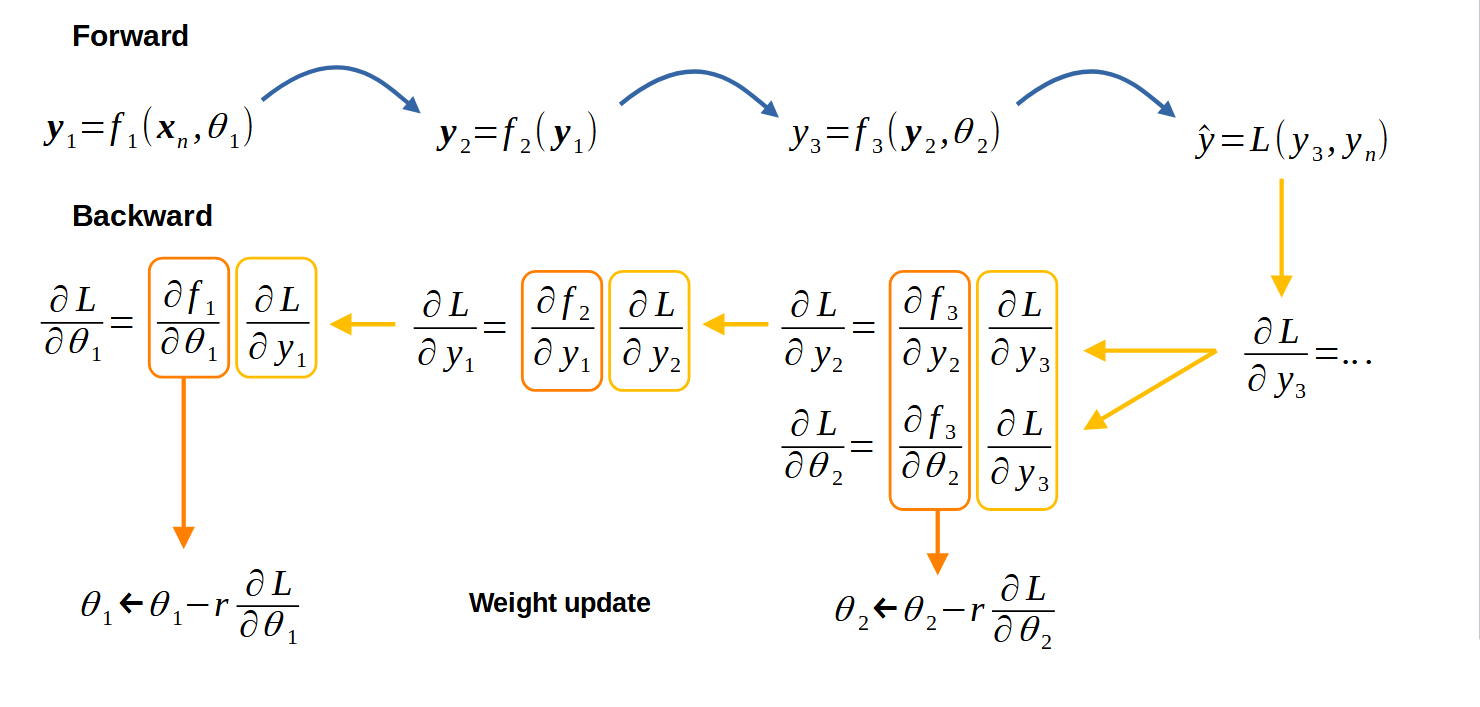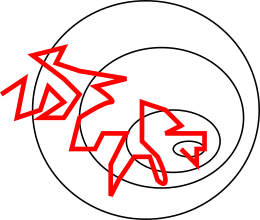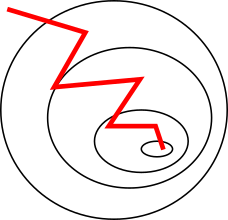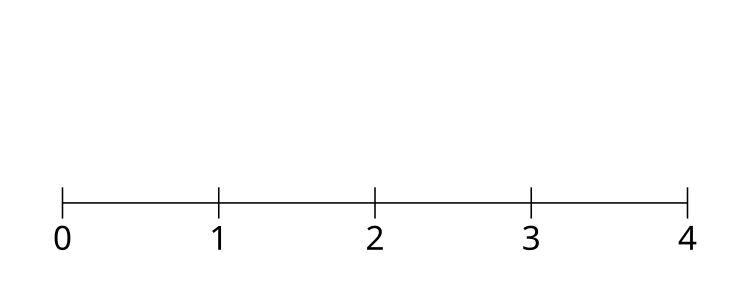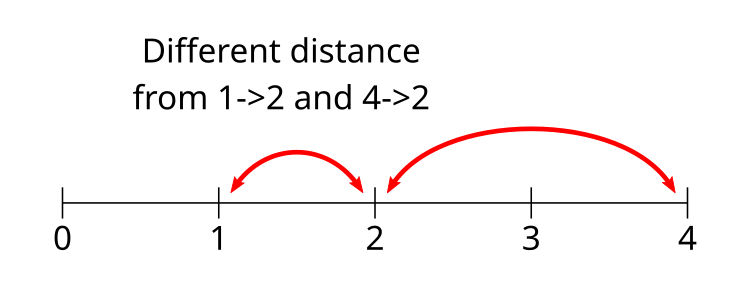
Motivation
Simple problem:
Predict if Bob will like a movie given Alice's grade
Hypothesis:
A simple threshold

Motivation
Simple problem:
Predict if Bob will like a movie given Alice's and Carol's grades
Hypothesis:
An affine function

Motivation
More complicated problem:
Predict if Bob will like a movie given a large user database
Hypothesis:
An affine function

Motivation
More complicated problem:
Predict if Bob will like a movie given a large user database
Hypothesis:
Non-affine function ?

Motivation
Ideally
- General machine learning architectures / bricks
- use the same approach for various problems
- Learn the parameters
- Use data to automatically extractknowledge
Neural networks
- Currently one of the most efficient approach for machine learning

Artificial neuron

Historical Background
- 1958: Rosenbalt, perceptron
- 1965: Ivakhenko and Lapa, neural networks with several layers
- 1975-1990: Backpropagation, Convolutional Neural Networks
- 2007+: Deep Learning era (see Deep Learning sesion)
- Large convolutional neural networks
- Transformers
- Generative models
- "Foundation models"
- ...

Bio inspired model
- The brain is made of neurons.
- Receive, process and transmit action potential.
- Multiple recievers (dentrites), single transmitter (axon)
